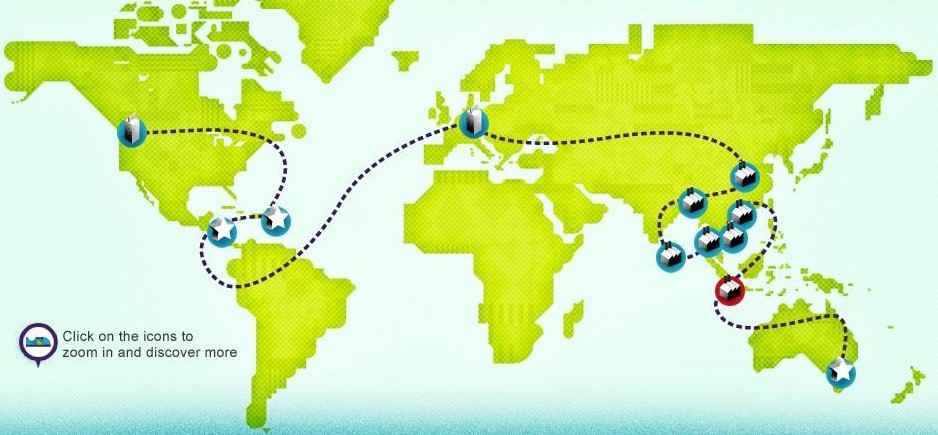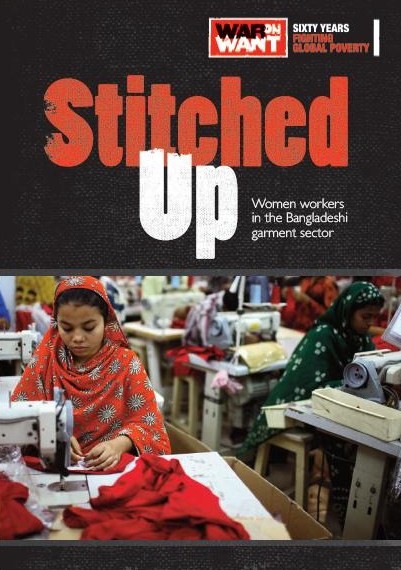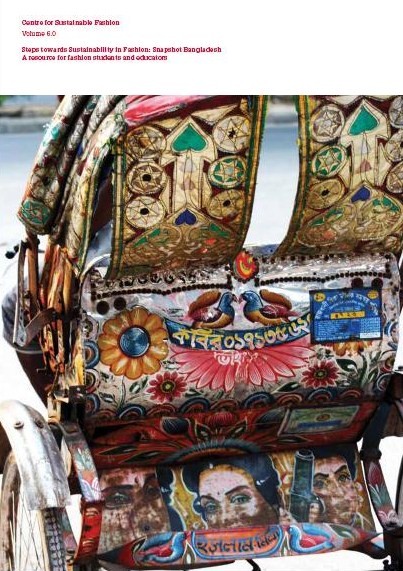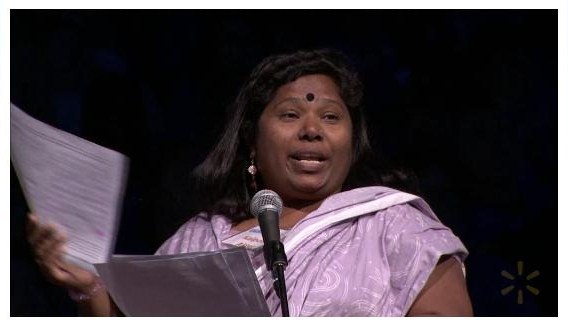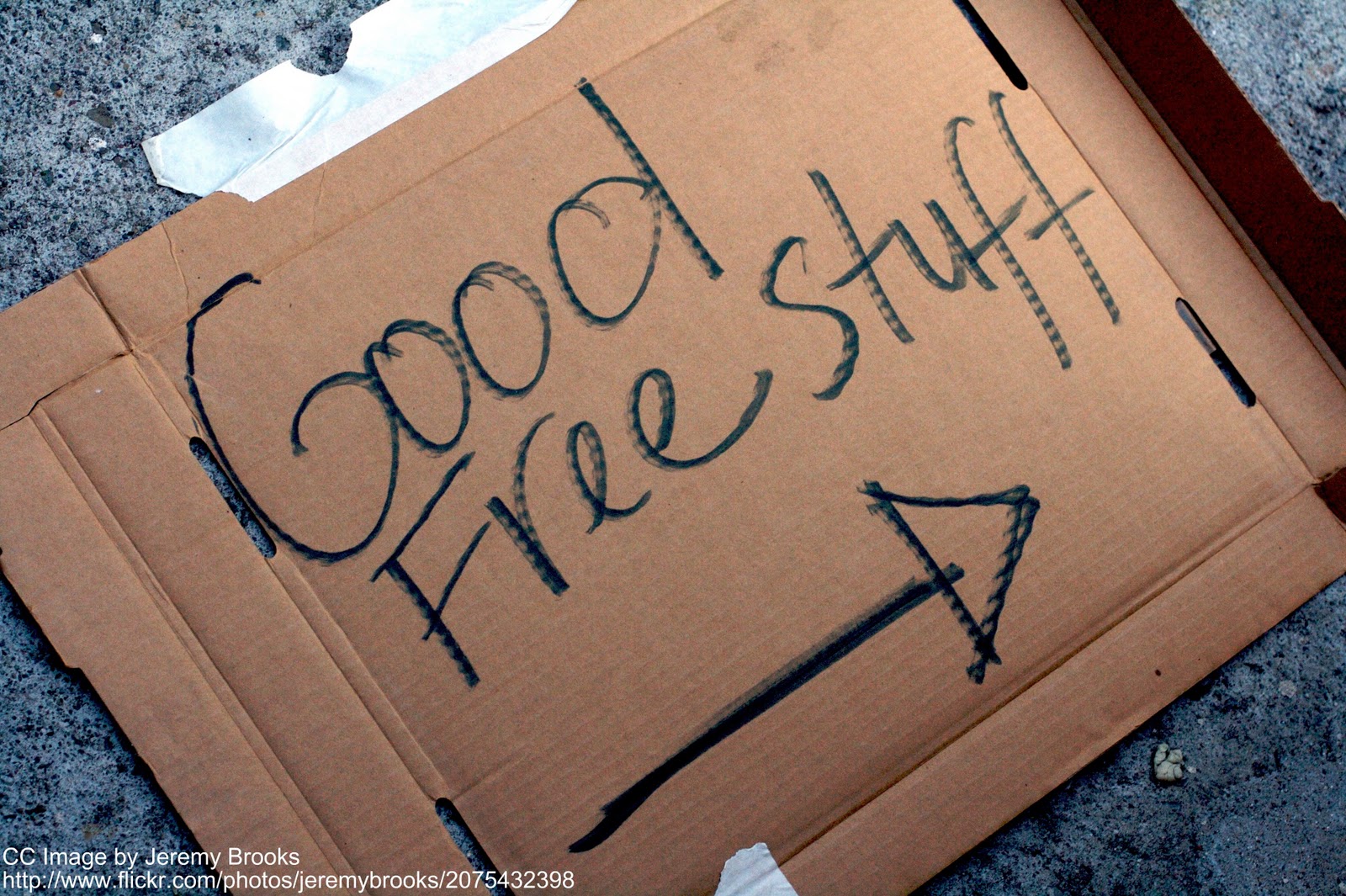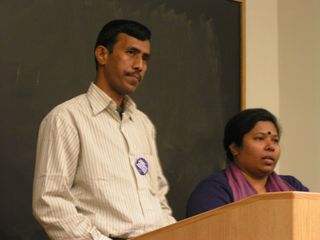It’s no secret that the CSR industry cycles through trends of the ‘it’ topic. For a while the hottest topic was workers at Latin American maquiladores, then it was human rights in the sports lifestyle industry, then we moved on to organic cotton, and water ‘stewardship’ and the cycles continue. Lately, I’ve noticed something interesting. A new hot topic is on the horizon and will probably emerge full force into ‘mainstream’ CSR conversations within the next few years: living wages!
Some of you may be thinking that you’ve heard of this issue before…nothing new! That’s true, it is not a new concept. Actually, the idea of a living wage [or fair wage, I’m going to use the two terms interchangeably until someone can tell me their exact definitions and how they differ] has been around for a long time. Katrine discussed the Asia Floor Wage Campaign on this very website in 2009. But, long before the Asia Floor Wage Campaign started it’s activities, fair trade products were being sold with the goal of providing a fair wage to producers. So what’s the big deal? Why am I talking about this as though it’s a hot new trend?
Well, there’s been another interesting set of events this year that at first may seem unrelated.
- The release of the UN’s long-awaited Guiding Principles on Business and Human Rights: Implementing the United Nations “Protect, Respect and Remedy” Framework
- The release of the OECD’s newly revised Guidelines for Multinational Enterprises: Recommendations for Responsible Business Conduct in a Global Context
- The release of the FLA’s updated Workplace Code of Conduct
Reading all these statements and the background papers, the conference proceedings and so on that lead to the final product can be a bit tedious. Luckily, I have to do this for my dissertation anyway so, I’ll just summarize the relevant points and briefly explain the significance of these events.
The UN: Guiding Principles on Business and Human Rights: Implementing the United Nations “Protect, Respect and Remedy” Framework
When Professor John Ruggie was appointed the Special Representative of the Secretary-General on business and human rights back in 2005, he had a 2-year research based mandate “to ‘identify and clarify’ existing standards and practices.” In 2007, the UN Human Rights Council extended Ruggie’s mandate for 1 year with a request for recommendations based on his research. This mandate concluded with the publication of the Protect, Respect and Remedy Framework in 2008 which was “welcomed” during the 8th session of the UN Human Rights Council. Once again, Ruggie’s mandate was extended for another 3 years during which the UN Human Rights Council requested that the Protect, Respect and Remedy Framework be operationalized. The outcome of this long history is the publication of the Guiding Principles on Business and Human Rights: Implementing the United Nations “Protect, Respect and Remedy” Framework which were “recognized” by the 17th session of the UN Human Rights Council.
So what’s so important about these guidelines, and this history in general? They clarify the duties of businesses and states when it comes to human rights. What I think is especially important is the fact that the UN has basically placed corporate activity right in the middle of human rights discourse stipulating very clearly that not only does business have a responsibility to respect human rights, it also has a role in creating and supporting the mechanisms to remedy any rights violations associated with business activities. Essentially, the UN [which some have argued is the purveyor of global norms] has validated and legitimized the idea that business has a role in the governance of human rights. As a side note, one of the features of The Gap Inc., 2010 CSR report is the launch of their Human Rights policy [one of the first companies I know of with one of those] which directly references and uses similar terminology as the Protect, Respect and Remedy Framework.
But I still haven’t shared the best part. If you read this document carefully, you will notice section 12:
You would think that I would be really excited about the ILO reference in this, but that’s not interesting at all since the commentary section clarifies that what they mean by the ILO’s declaration is actually just the 8 core rights which almost any business serious about CSR already acscribes to anyway. No, the interesting part is this simple mathematical equation:
International Bill of Human Rights
=
United Nations Declaration of Human Rights
+
International Covenant on Civil and Political Rights
+
International Covenant on Economic, Social and Cultural Rights
If you go deeper and look at the International Covenant on Economic, Social and Cultural Rights you will find a small statement, Article 7.a.ii, that is very relevant:
And so, hidden away within the background documents of a report promoted by the UN Human Rights Council as a “guidance that will contribute to enhancing standards and practices with regard to business and human rights, and thereby contribute to a socially sustainable globalization, without foreclosing any other long-term development, including the further enhancement of standards” is an indirect link between business activities and “a decent living”!!
The OECD: Guidelines for Multinational Enterprises: Recommendations for Responsible Business Conduct in a Global Context
As you may have noticed, these declarations and reports and guidelines feed off each other. When Ruggie’s Protect, Respect and Remedy Framework was first released, the OECD took notice. In 2009, the idea was floated that maybe it was time to update their own guidelines for businesses which had not been reviewed since 2000! Kudos to them for noticing that a lot has changed since 2000. So it’s 2010, and after a whole lot of negotiations and discussions, the 48 member countries come up with a document called the Terms of Reference for an Update of the OECD Guidelines for Multinational Enterprises which basically set out the parameters for changes to the guidelines. On page 4 of this document is this line:
One of the objectives outlined in the ILO Declaration on Social Justice for a Fair Globalization [adopted in 2008] is “developing and enhancing measures of social protection – social security and labour protection – which are sustainable and adapted to national circumstances (p. 4)“. The document gives examples of such measures one of which is “policies in regard to wages and earnings, hours and other conditions of work, designed to ensure a just share of the fruits of progress to all and a minimum living wage to all employed and in need of such protection (p. 4)“.
The OECD then had conferences and meetings, some with John Ruggie, to discuss the future form of their guidelines. Finally, this year, the updated guidelines were launched in May. In those 84 pages, Chapter V, section 4.b stipulates:
If you look at the 2010 set of guidelines, there is no mention of adequate pay to “satisfy the basic needs of the workers and their families” so this was definitely an addition to this year’s guidelines. But, the commentary section doesn’t mention it at all! I don’t think this was an oversight. Maybe this was a way to test this proposition and gauge reactions. In any case, once again, a reference to some sort of an improvement in wages to meet basic needs is out there in an official document. The idea is becoming more embedded in the global normative outlook even if it still hasn’t been defined or had its parameters clarified.
The FLA: Workplace Code of Conduct
In June this year, after a 2 year process of consultations with their stakeholders, the FLA revised their Workplace Code of Conduct. And they made it really easy to spot the differences between the 1997 code and the revised 2011 code with a side-by-side comparison. This picture shows an interesting change [1997 on the left, 2011 on the right]:
 Again, “basic needs” is used to describe the same thing the OECD was talking about; some sort of improvement in wages so that workers can afford their basic needs plus a little extra. To go a little further, the FLA stipulates that if the minimum wage does not cover basic needs plus a little extra, FLA members have to work with the FLA to reach such a level of compensation!! And so here it is, a direct call on businesses to work to improve wage conditions so that workers can afford their basic needs and have a little extra leftover!
Again, “basic needs” is used to describe the same thing the OECD was talking about; some sort of improvement in wages so that workers can afford their basic needs plus a little extra. To go a little further, the FLA stipulates that if the minimum wage does not cover basic needs plus a little extra, FLA members have to work with the FLA to reach such a level of compensation!! And so here it is, a direct call on businesses to work to improve wage conditions so that workers can afford their basic needs and have a little extra leftover!
Even though many organizations have been working on promoting the idea of a living wage including the Asia Floor Wage Campaign and the Ethical Trading Initiative, this is the first time that we are seeing these ideas seep into policy related documents at the global level. And this conversation about living wages isn’t contextually relegated to ‘developing’ countries. Check out this article from This Magazine about the living wage debate in Canada. Things start to get really complicated when there are discussions about the nitty-gritty details. Whose responsibility is it to implement these types of policies? What will the wider impact on the rest of society be? How will these policies be implemented within supply chains? and the questions just keep coming. The video below is from the ETI Conference in 2008 where these questions were actually discussed (start at 1:34). At the end of the day, this is just the beginning of the mainstreaming of the conversation but it is still a start!



